Facing a mandatory shelter-in-place ordinance to limit the spread of COVID-19, PG enacted a hybrid approach to filming and producing Rig Rundowns. This is the 16th video in that format, and we stand behind the final product.
In Oakland, California, during the late ’90s, Antonio Aguilar teamed up with then-partner-and-now-wife and bassist Meg Castellanos to form Totimoshi. The band thrived on the kind of metallic, abrasive, ’90s-era Touch and Go-label commotion pioneered by Shellac and the Jesus Lizard. Totimoshi’s development (stitched with flamenco flavors, tidal dynamics from whisper to a wallop, and poetic lyrics posing the struggle of love and hate) crested with 2008’s concept album Milagrosa, produced by Helmet’s Page Hamilton and Toshi Kasai (Tool, Melvins, Foo Fighters). The indie group put out their final and fifth album, Avenger, in 2011.
Then Meg and Antonio did a 180 and embraced their Mexican/Cuban heritage (in the vein of Chavela Vargas) with the project Alma Sangre, where he played classical flamenco guitar while she performed traditional flamenco dance. (The group had a third member, Silas Hite, who earned an Emmy award for his score for 2014’s Homeward Bound—a short film that spotlighted the growing homelessness crisis in America.)
In 2015, the duo wanted to rock again. They had made the move to East L.A. and serendipitously reconnected with friends who were now in town: drummer Tony Tornay and guitarist Erik Trammell. The bluster and bravado Totimoshi exerted at its most primal is still felt in All Souls, but melody, depth, and restraint actually make the sonorous sting more biting more venomous. In 2018 they released their eponymous debut, with nine explosive tracks.
Before releasing their sophomore album, Songs For the End of the World, guitarist/vocalist Antonio Aguilar virtually welcomed PG’s Chris Kies into his own East L.A.-based space, Eastside Rehearsal. The upbeat musician explains chasing various Strat colors with a bag full of loaded pickguards, reducing his amp power from 100W Boogies to lower-wattage faux-Marshall Fenders, and recently incorporating a pedal to emulate the chime and chorusing of a 12-string guitar.
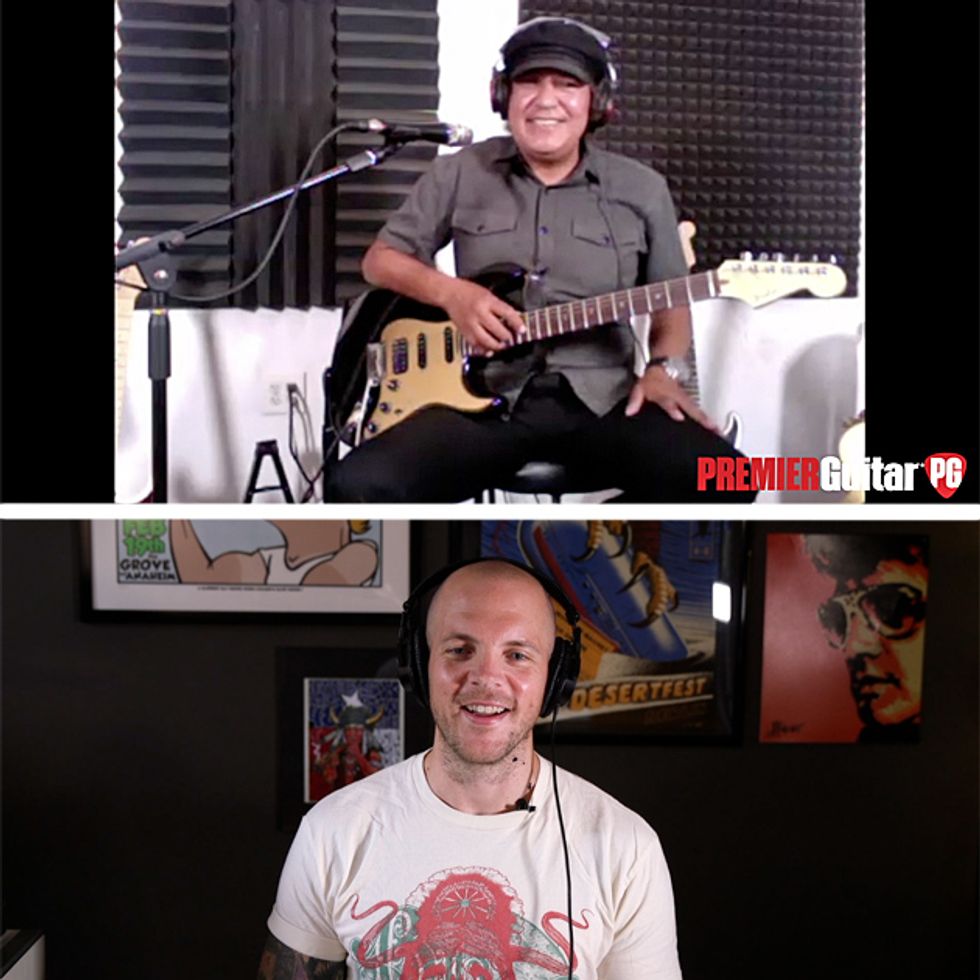

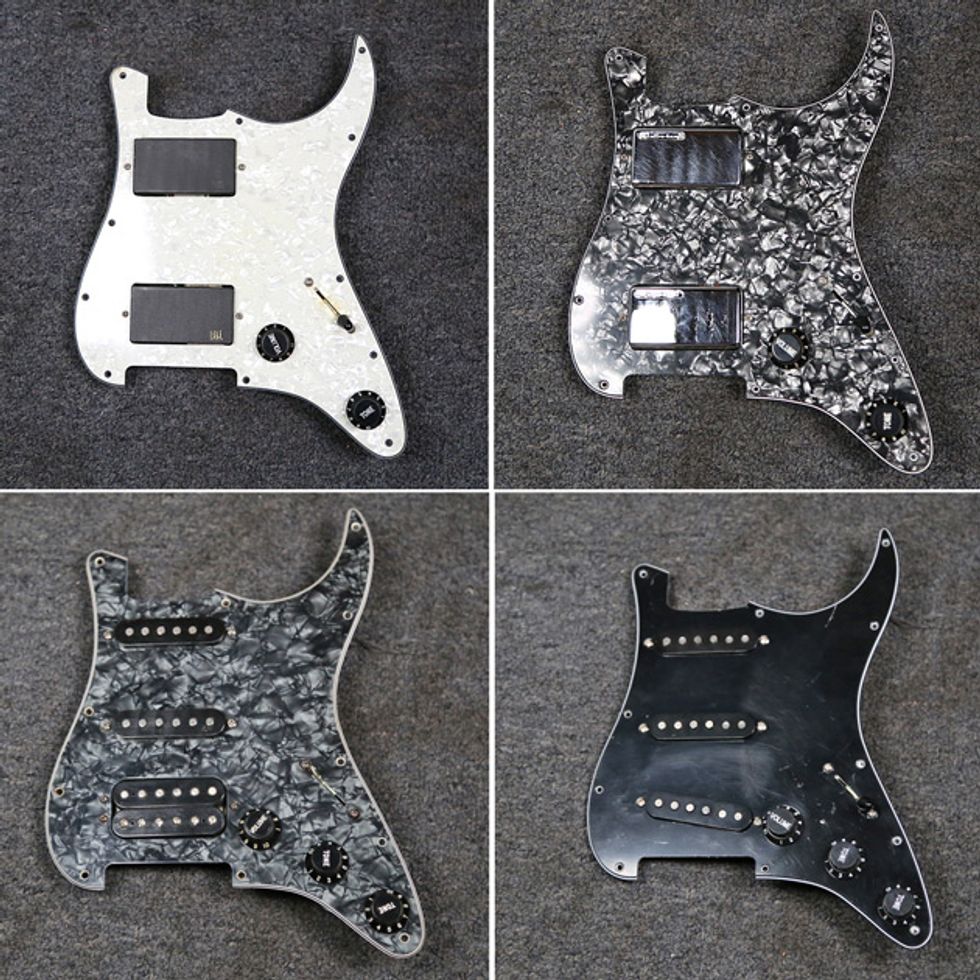
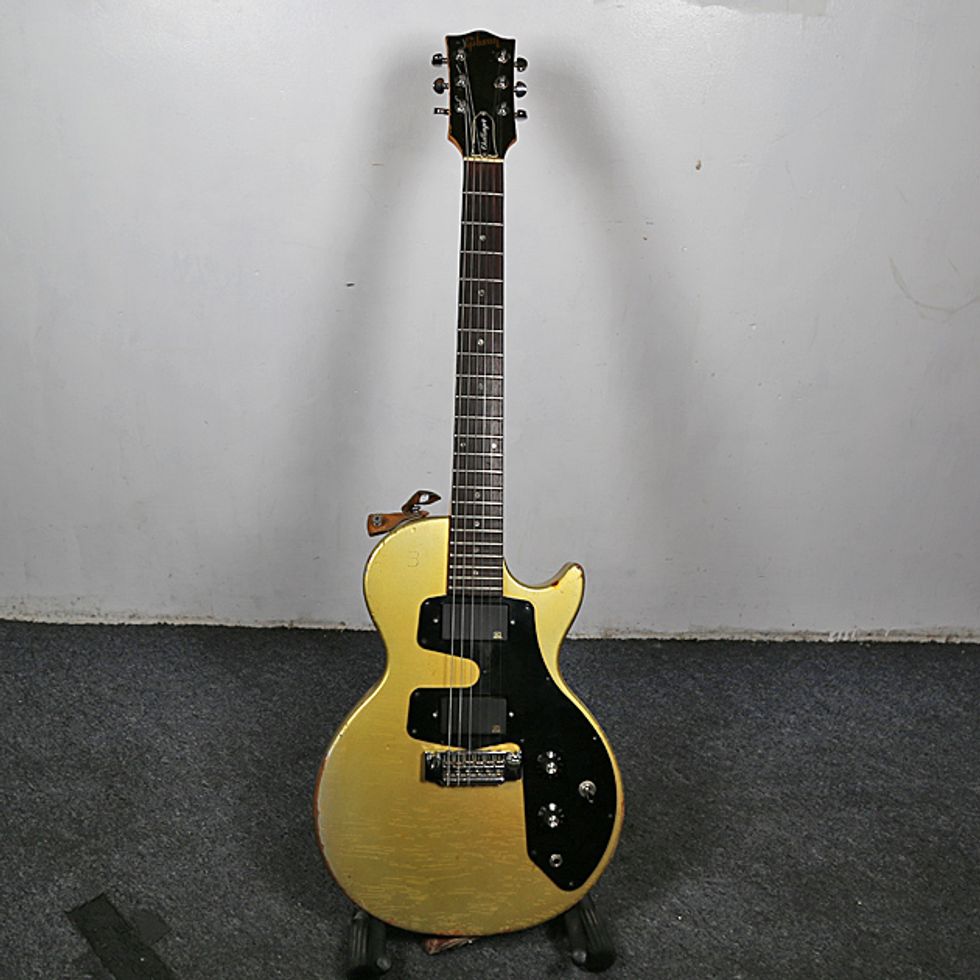
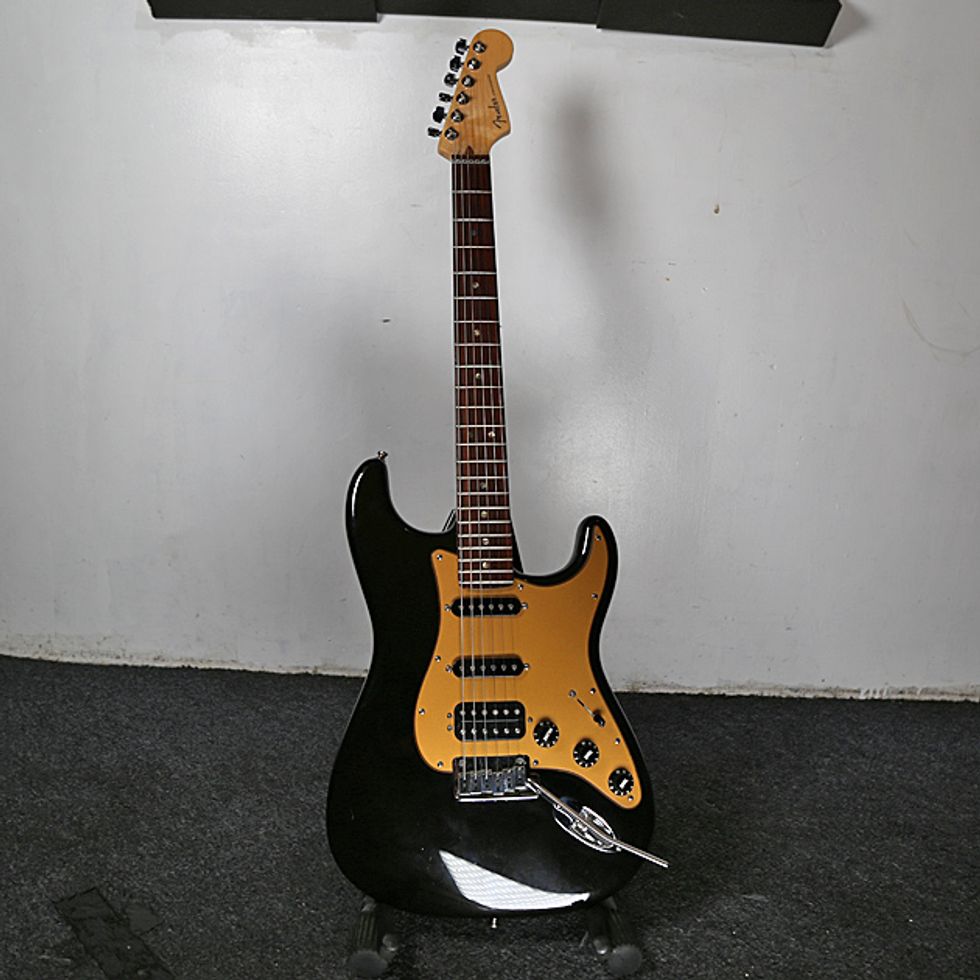
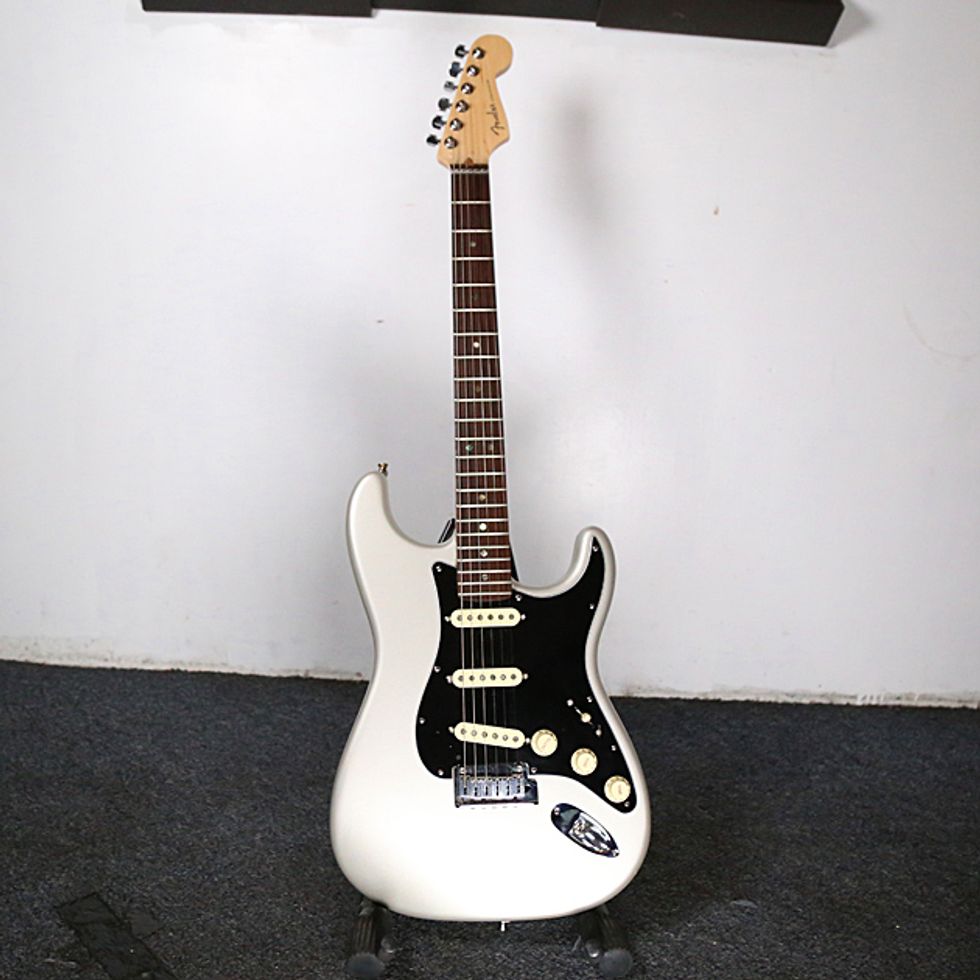

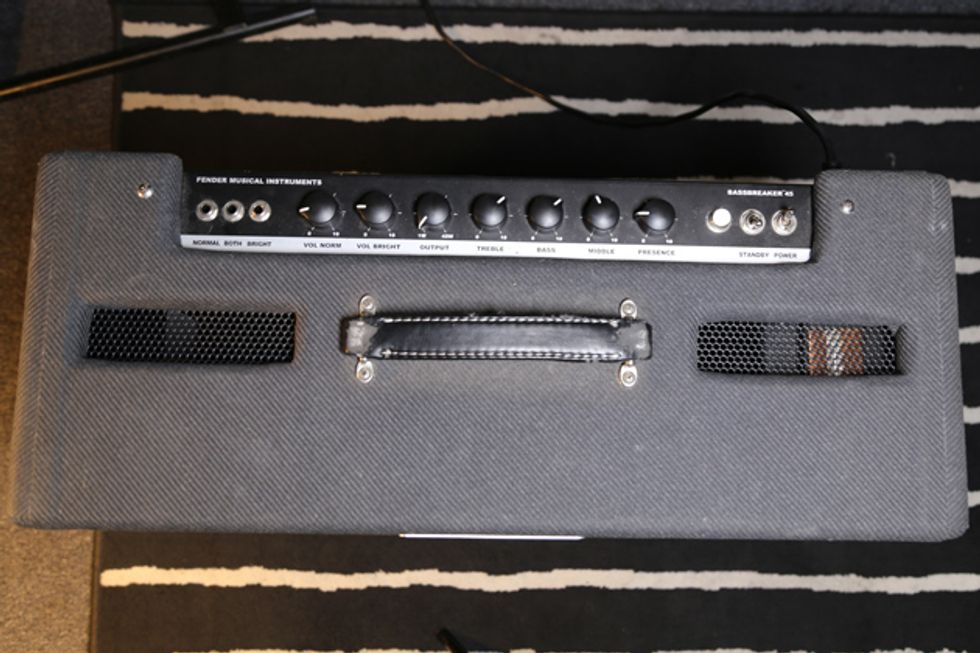
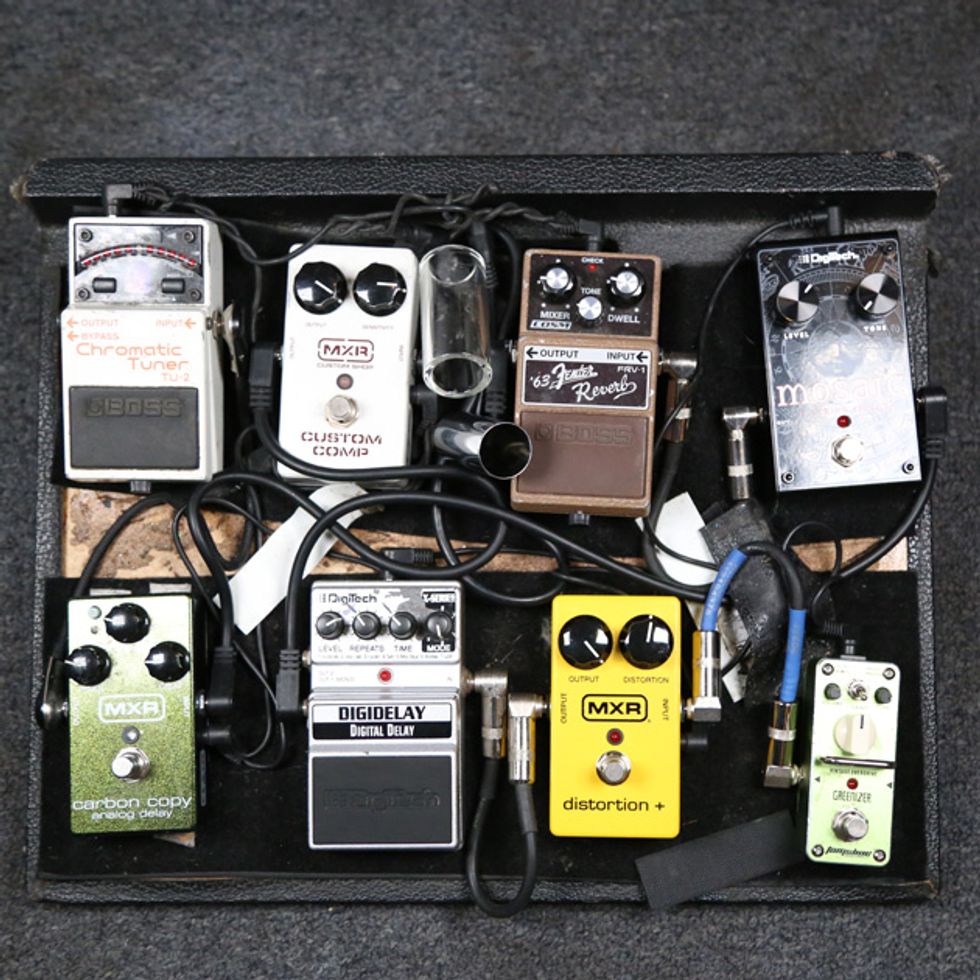
Click below to listen wherever you get your podcasts:
 |  |
 |  |







![Rig Rundown: Russian Circles’ Mike Sullivan [2025]](https://www.premierguitar.com/media-library/youtube.jpg?id=62303631&width=1245&height=700&quality=70&coordinates=0%2C0%2C0%2C0)


























